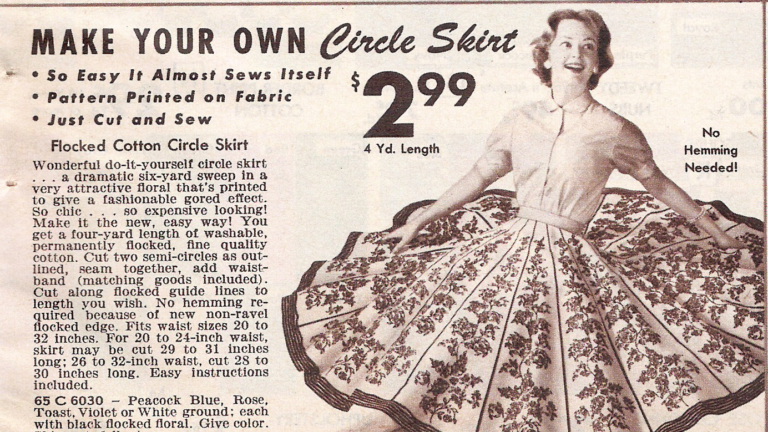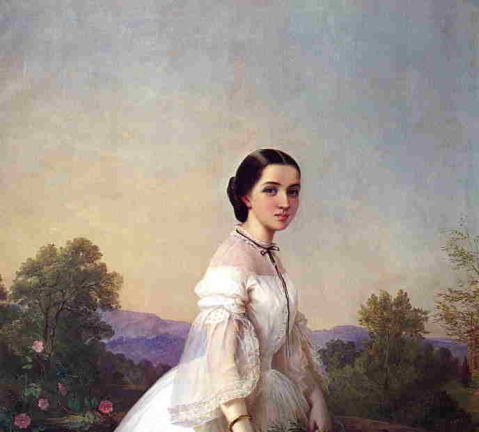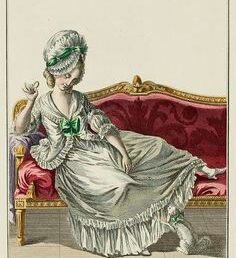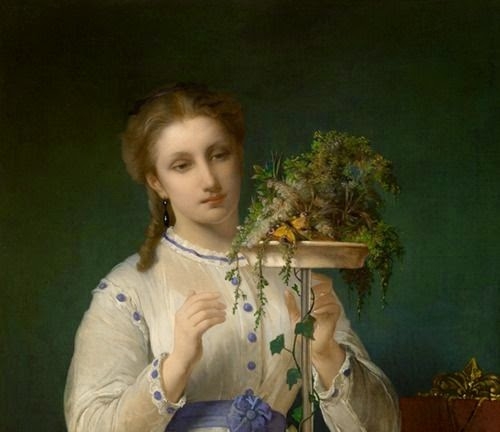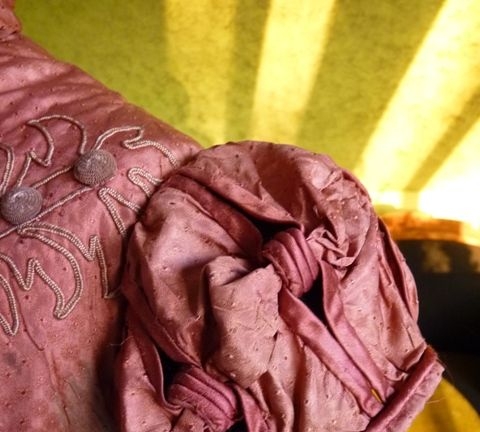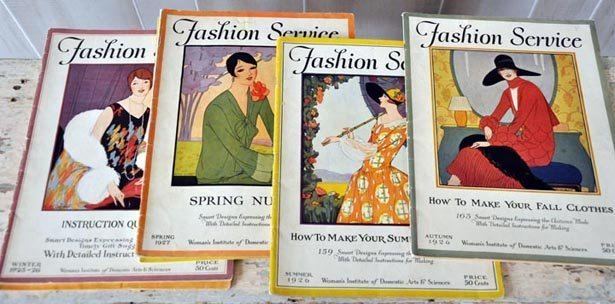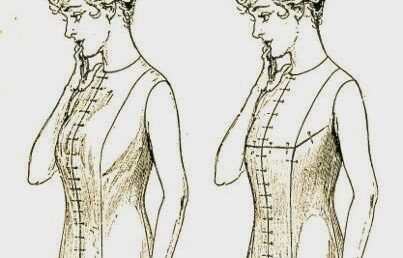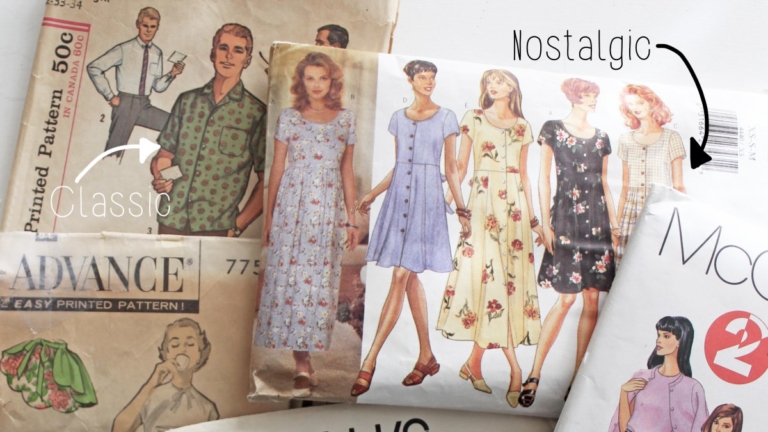Turning Circles: how to draft a circle skirt pattern to your measurements
by Cybele A. Baker. Published in the September/October 2016 issue of Finery. The circle skirt has very little fabric at the waist and flares out to a full circle at the hemline. It can be any length you want but varies from person to person as it is reliant on your specific measurements. This is why you don’t see many […]
Sheer Delight: Sheer Dresses of the Crinoline Era
by Bridget Bradley-Scaife. Published in the January/February 2015 issue of Finery. During warm weather, thin dresses made of light weight sheer fabric were worn by ladies in the mid 19th century. Known to us today as “sheer dresses,” they are most often characterized by a low body lining which shows the sheer fabric to full advantage. Research indicates that women […]
Petticoats as Outerwear?
by Catherine Scholar, First published for the September/October 2012 issue of Finery No, I’m not talking about the 1980s trend of wearing vintage Victorian petticoats as streetwear. Nor do I mean the 1990s slip-dress fad. I’m talking about skirts, circa 18th century. You see, before about 1800, any kind of free-standing skirt (not attached to a bodice) was referred to […]
Pattern Review: The One Hour Dress
by Carol Wood, First published for the May/June 2012 issue of Finery So, you want to get dolled up for the the Gatsby Picnic or Fiddles and Roses? Maybe you just want a pretty little somethin’ somethin’ to slip on for a special occasion? The clock is ticking, so you think, “Golly, there’s that pattern for the One Hour Dress […]
Keeping Your Cool: Mid-Victorian Sheer Dresses
by Elizabeth Urbach, First published for the May/June 2012 issue of Finery Mid-Victorian daytime fashion was not all about heavy, opaque fabrics; warm weather allowed for light dresses of semi-transparent fabric like barege and muslin, trimmed with embroidery, ribbons and lace for a cool, floating visual effect. These gowns, called sheer dresses or “clear muslin dresses” were especially popular at […]
Deciphering Regency Sleeves
by Jennifer Rosbrugh, First published for the March/April 2012 issue of Finery Fashionable dress in the Regency years (1795-1820) is fairly uncomplicated. Although the bodices and skirts are relatively simple, the true area of design is the sleeves. Where else do you put your personality into a garment if the skirt is plain straight and the top simply covers what […]
Women’s Institute of Domestic Arts and Sciences
by Carol Wood, First published for the January/February 2010 issue of Finery Sewing has waxed and waned in the hearts and homes of American women over the past century. The home sewing machine was available from the 1850’s and considered an integral piece of furniture to a well-appointed home. Despite these machines making home garment production even easier, the interest in learning to sew and home garment production dwindled. As […]
Yes, You Can Fit Yourself!
by Katherine Caron-Greig, First published in two parts for the May/June and July/August 2006 issues of Finery I went to my first Costume College in 2003. I had been sewing for almost a year and a half at the time and, excepting some very stubborn eyelets that I couldn’t pound into a corset properly, had never had any help with […]
Sewing Hints for Vintage Patterns
by Sally Norton, First published for the January/February 2006 issue of Finery Using vintage patterns creates a whole new set of issues and requirements. The hints listed herein should help make your experience more enjoyable. Prior to 1960, most people sewed many of their garments and sewed for their homes: curtain, linens, tablecloths and napkins. Sewing expertise varied, of course, […]
